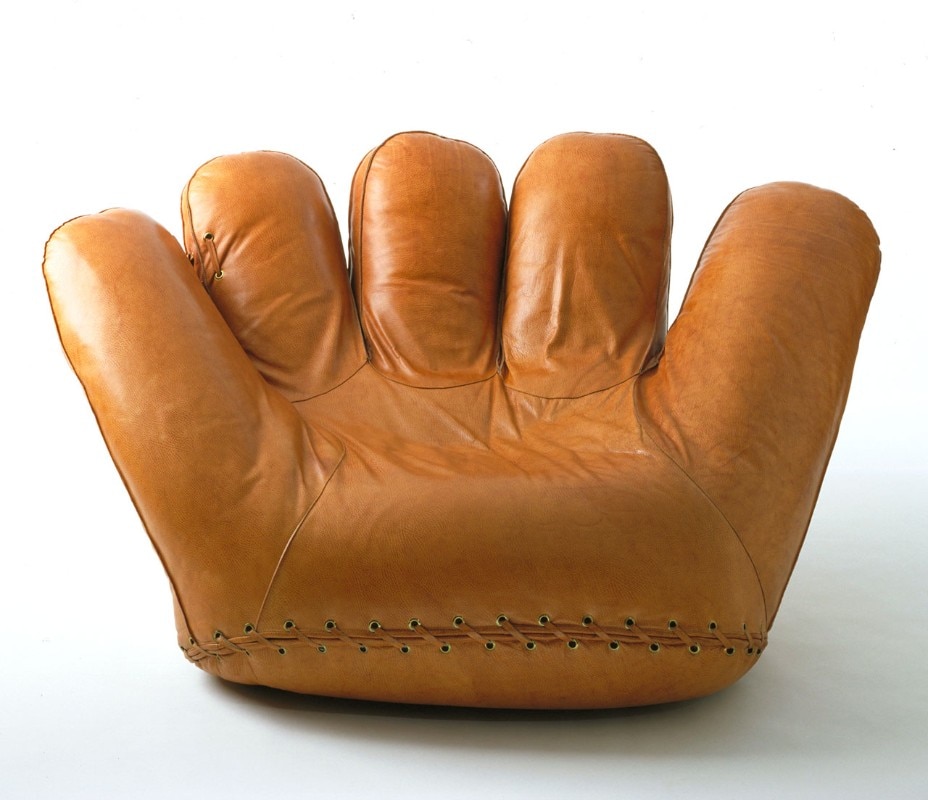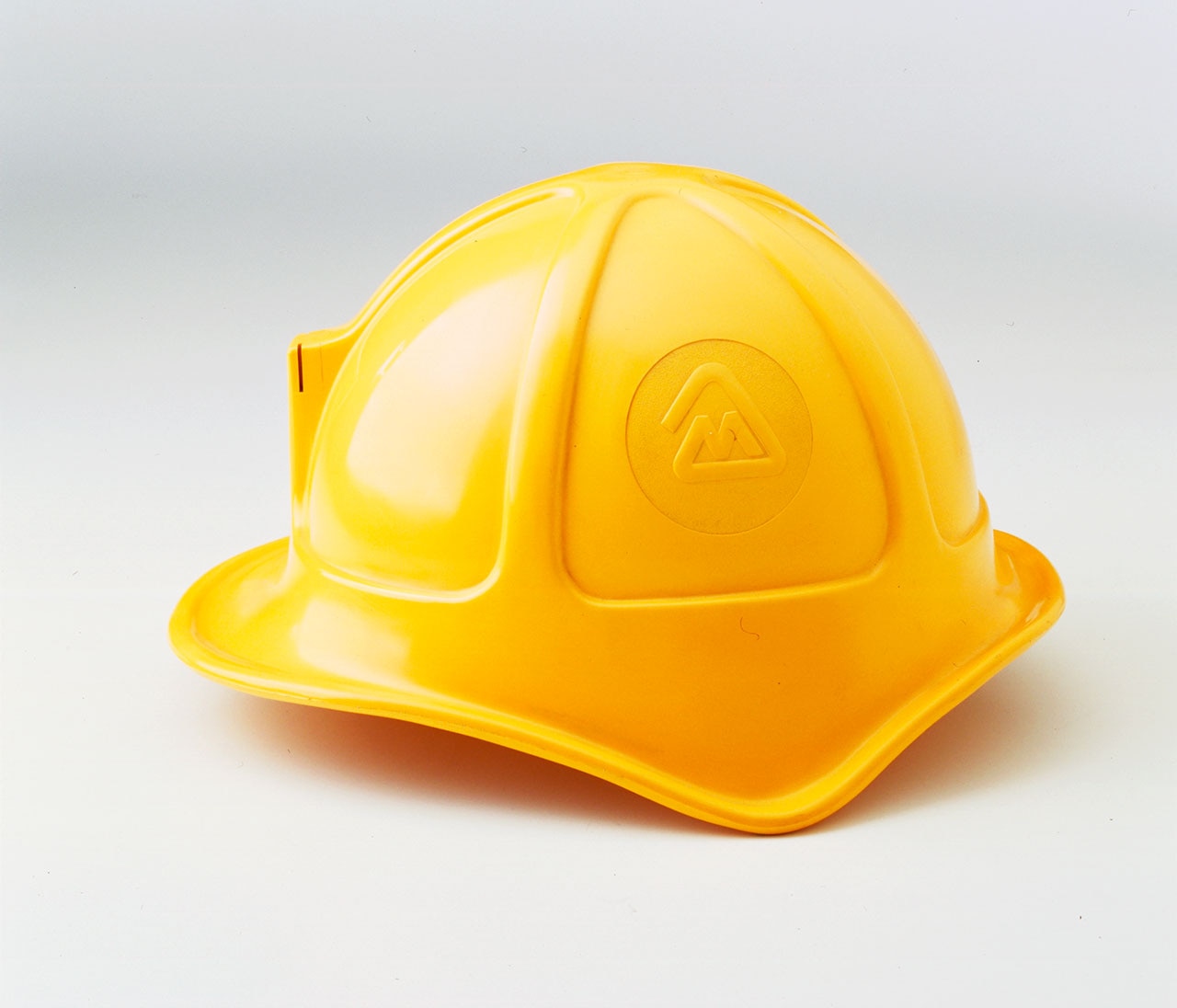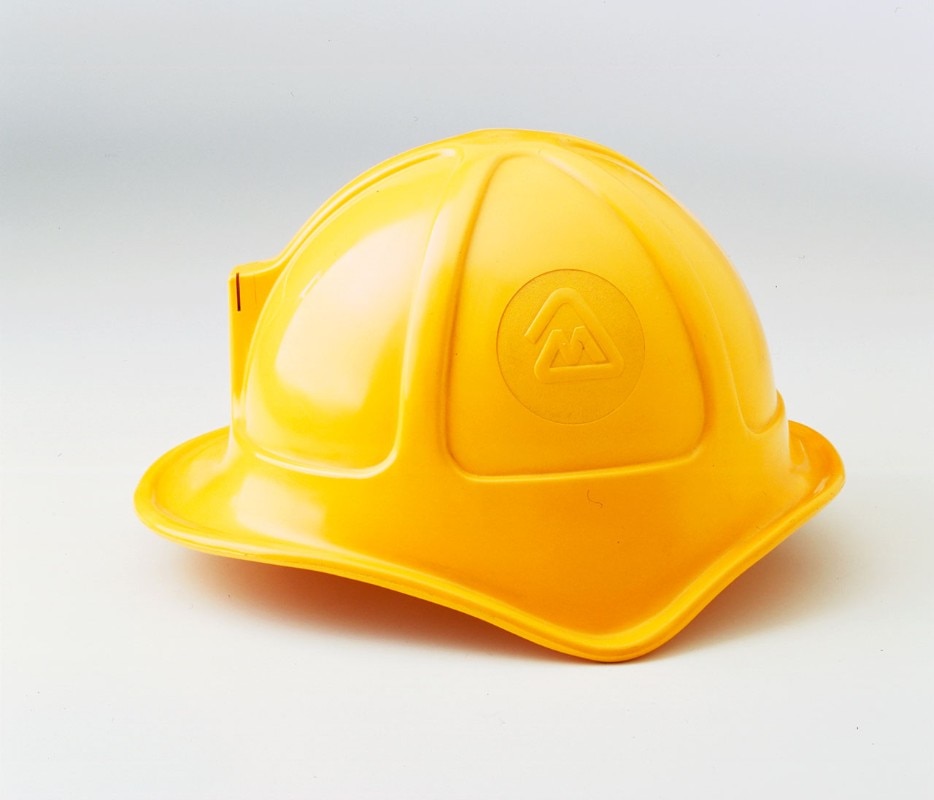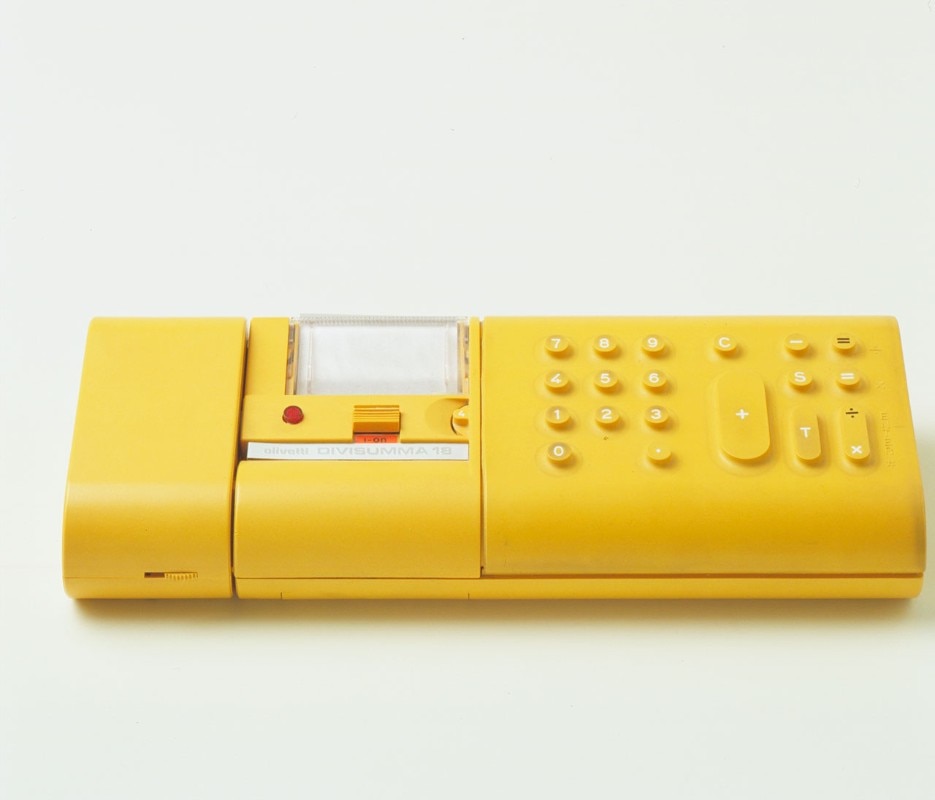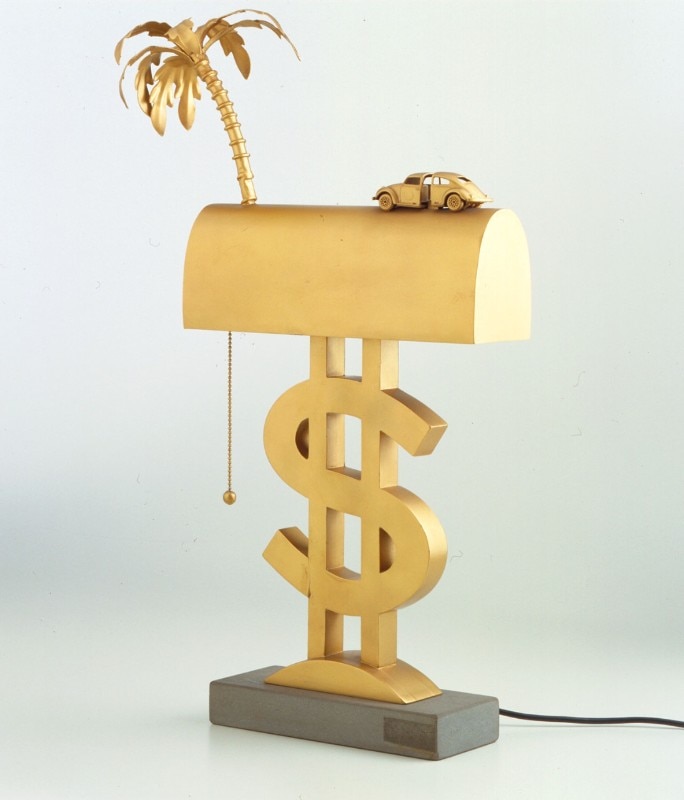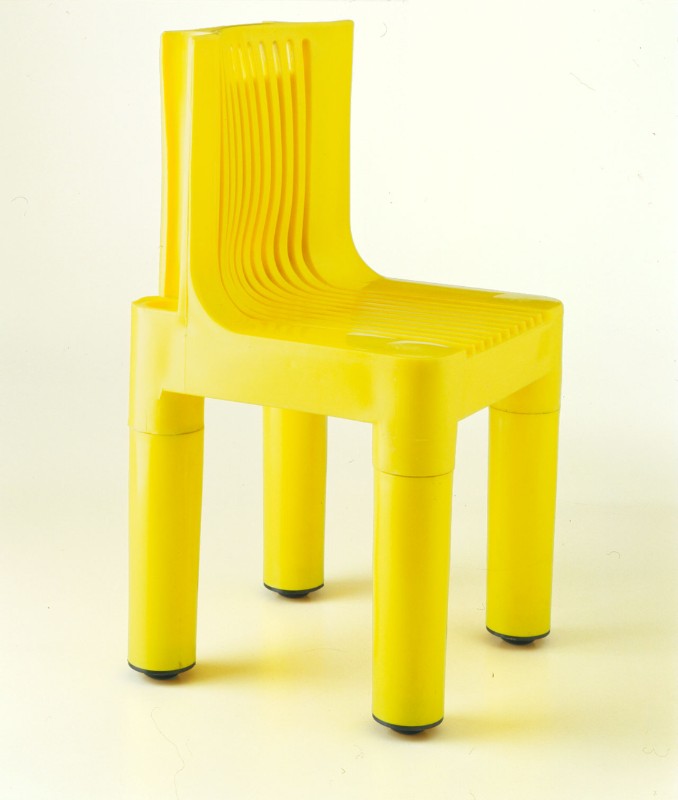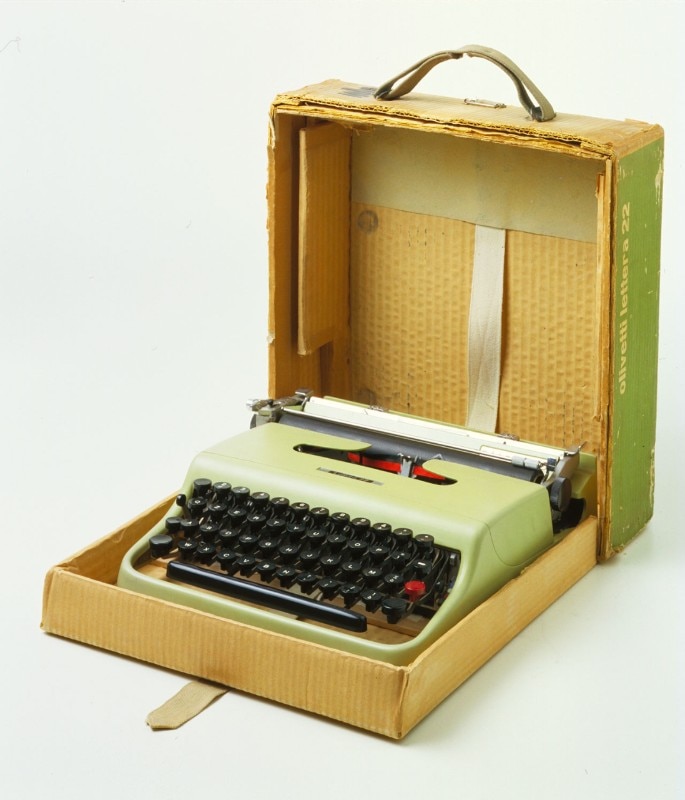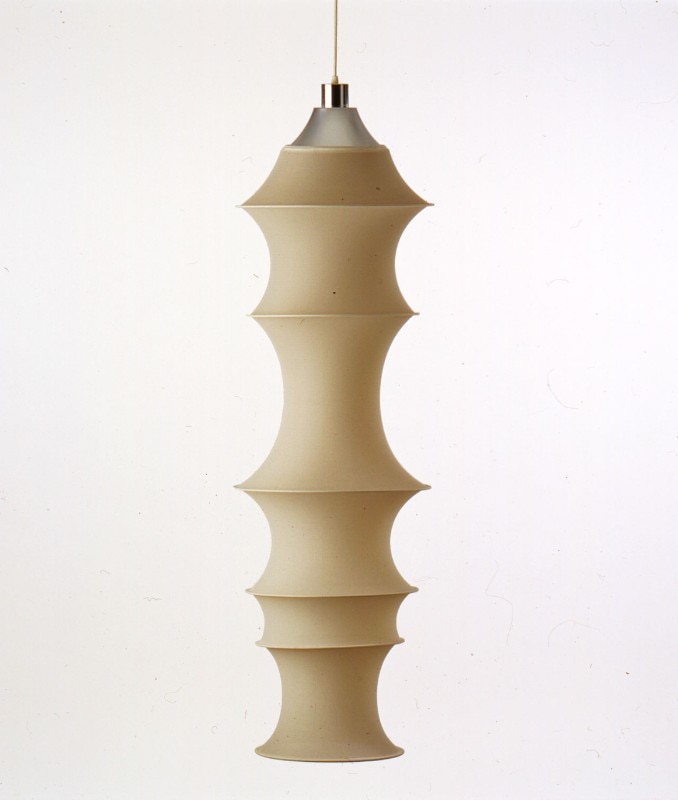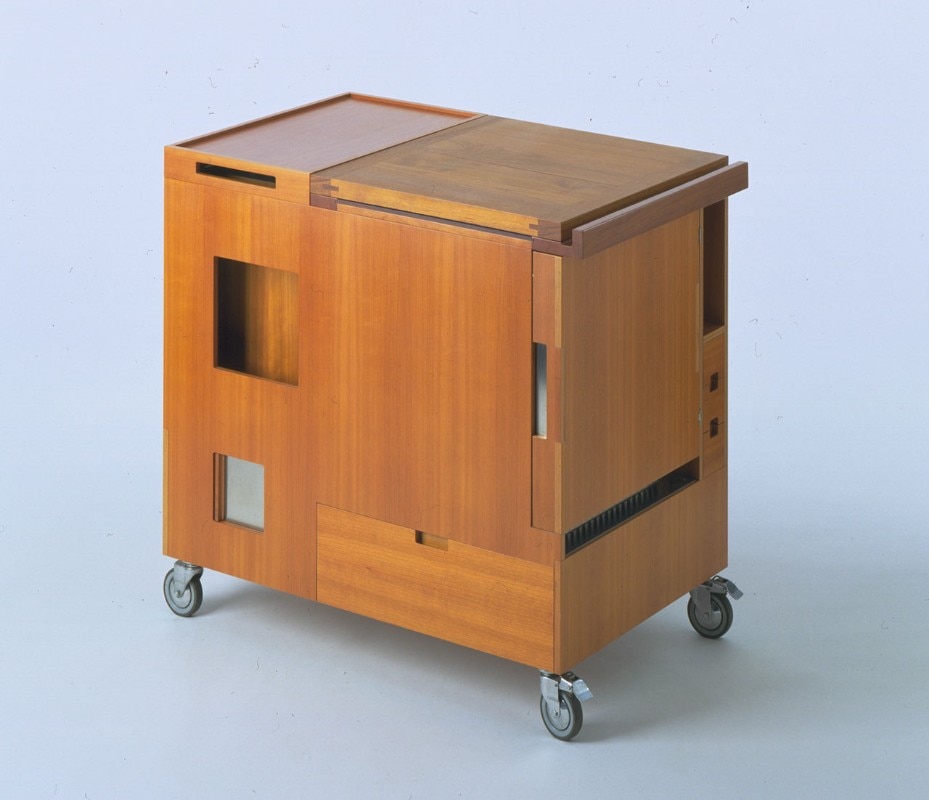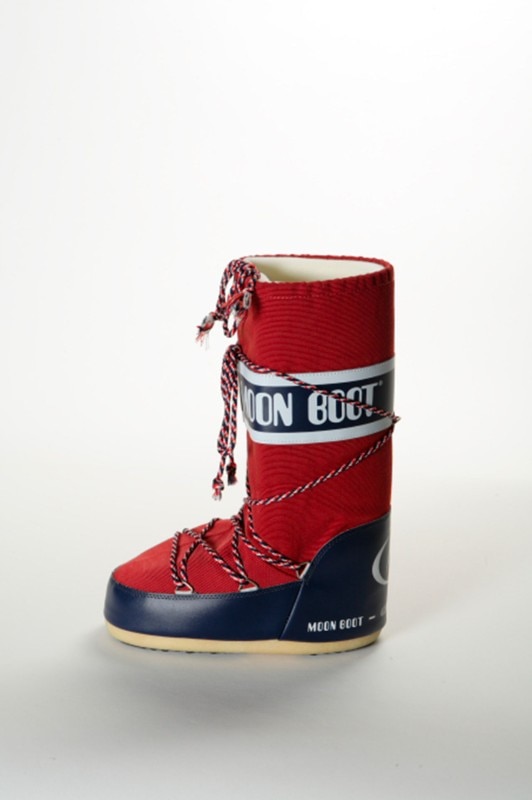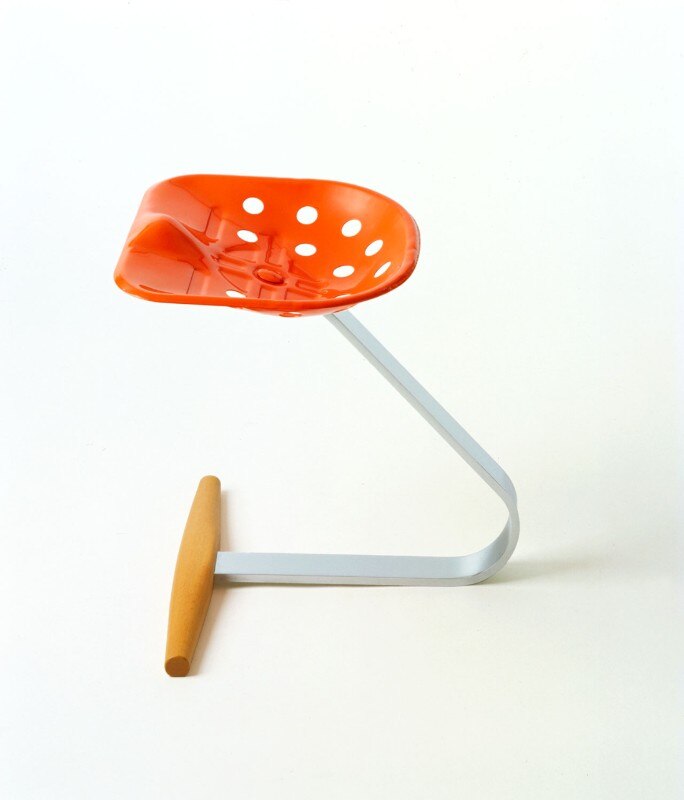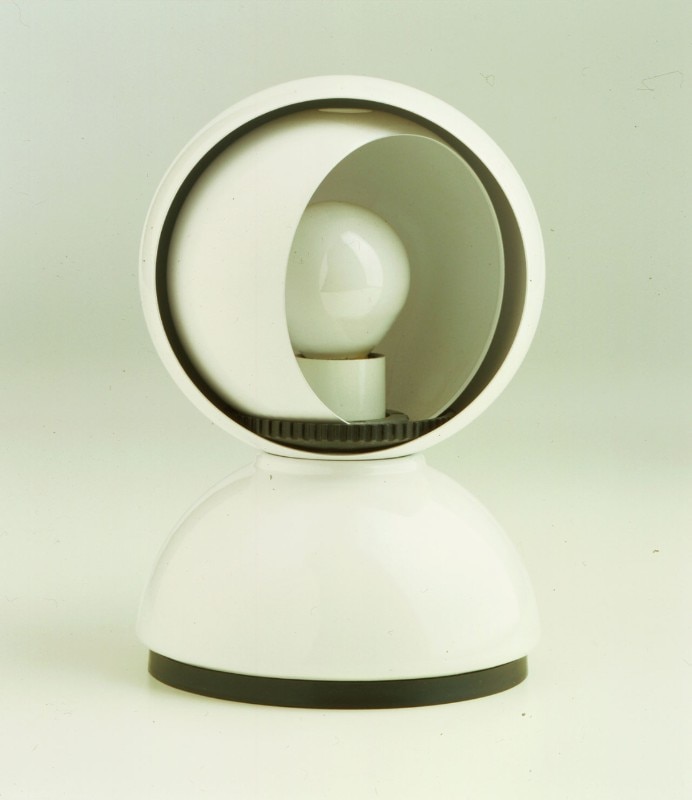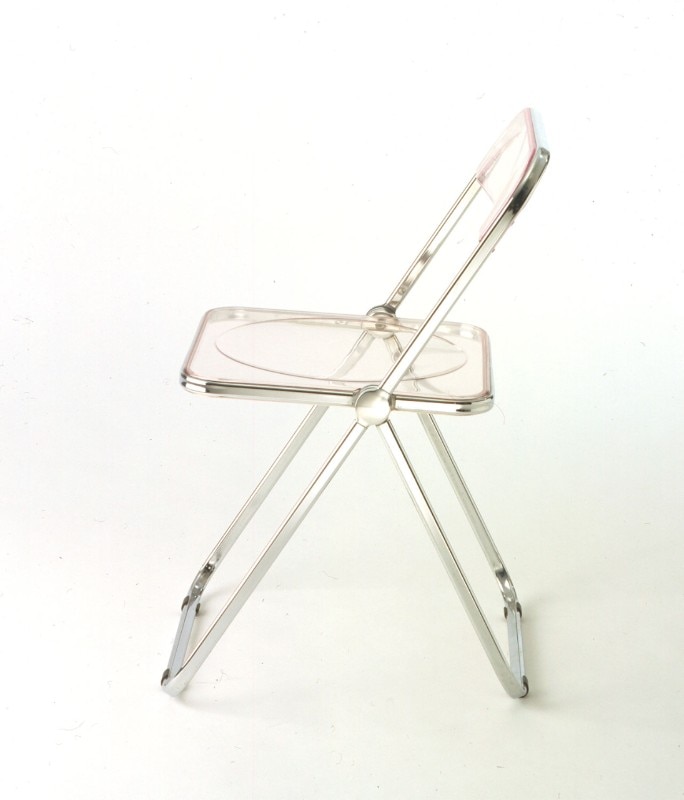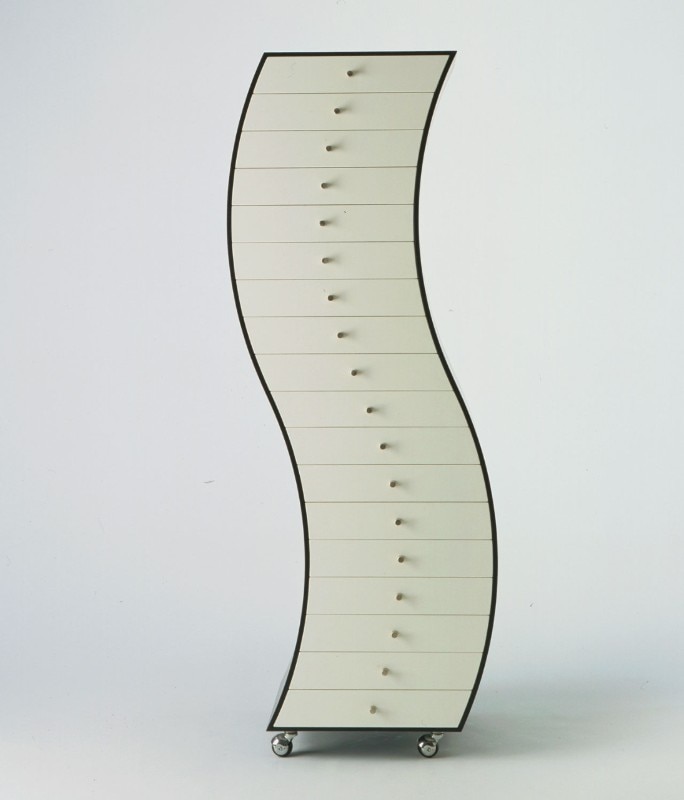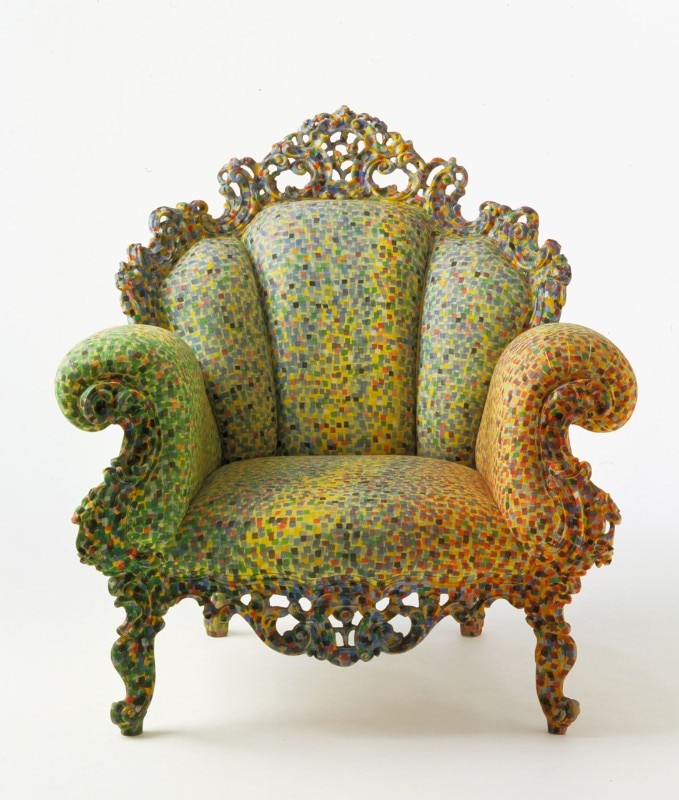From April 9th, Milan’s Triennale Design Museum will open the Museum of Italian Design, a permanent exhibition that charts the history of Italian design from the end of the Second World War to today. Initiated by Triennale president Stefano Boeri and directed by architect, curator and former Domus editor Joseph Grima, the exhibition comprises approximately 170 icons of Italian design shown alongside ephemera such as audio recordings, photographs and advertising meant to situate each object within its cultural context.
With plans to expand into a dedicated space — currently, the exhibition lives on the ground floor of the existing Triennale building — the project represents yet another step in Boeri’s plans to revitalise the historic institution while paying tribute to Milan’s storied design history. Domus spoke to Joseph Grima to find out more about the new project.
Can you give us a general overview of the Museum of Italian Design?
The aim of this exhibition is to establish a permanent base to tell the story of Italian design. With Milan's well-known reputation as a global capital of design, one might expect there to be a large design museum with a permanent collection on display, but due to a series of circumstances, that's not the case. There are various institutions devoted in one way or another to design, but there's nowhere one can actually view a narration of the history of Italian design and understand why it became so dominant and so respected all over the world. It’s a story that many people in the field of design know, or think they know at least in part, but in fact, it’s an incredibly complex and detailed story that we thought really deserved to have a place permanently dedicated to it.
Can you tell us about the curation of the new permanent exhibition? What were the criteria for the objects that were chosen?
The exhibition is organised chronologically, we wanted to select a series of objects through which it was possible to read a certain period of the history of Italian design. We had to be quite selective because of the more or less 1500 pieces that are currently in the Triennale collection we chose to exhibit between 150 and 200. Rather than overwhelming the viewer with a large volume of pieces, we were more interested in finding certain pieces that are, in a way, icons. We wanted to re-propose pieces that many people are already familiar with.
At the same time, the premise of the exhibition was that many of these pieces are not properly understood, or their genesis or their origin is not truly clear. So one of the things that we did, for example, is interview by telephone all of the designers whose pieces are on display and who are still alive. We asked them to tell us the story of the genesis of these projects and how they came to be. We made recordings of these conversations so it is possible for the visitor to listen over the phone [within the exhibition]. The idea is that you're really able to reach a deeper level of familiarity and understanding with the works on display than simply by looking at them in a coffee table book. Or in a typical exhibition that groups together the obvious masterpieces. So here, there is really a deeper level of meaning and a chance to contextualise the work within the history of Milan and Italian design throughout the 20th century.
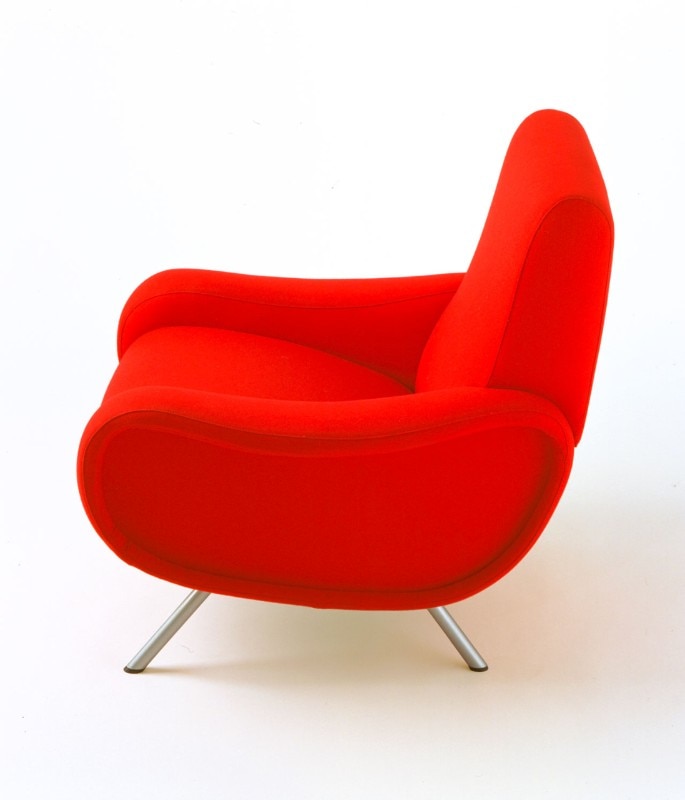
In addition to the pieces on display and the audio interviews, there will be other ephemera included like unpublished materials, photos and advertising. Can you explain a little bit about that aspect?
The idea is to show these objects not simply on the merits of their form or their appearance, but to really try to contextualise them within the culture of the era. This is one of the strengths of the Triennale. It's not the largest collection in the world, but what we do have is a lot of material that helps to understand the aesthetic codes of the time and the context these objects were born into. This parallel narrative contextualises elements, allowing us to have a deeper understanding of what exactly they mean.
Can you explain a bit further in detail how visitors will experience the space?
The lower curve gallery is a very linear space. It really lends itself a chronological organisation. Starting in the post-war era, immediately after the war in 1946, one is able to essentially walk through the history of design, with a selection of objects from each of these decades — from the late forties, to the fifties, to the explosion of the sixties and seventies — everything is really narrated through objects.
And in parallel, there will be a very essential synoptic timeline that brings together the voices of the authors, contextual materials, advertising materials and so on. But it will also be a timeline that marks historic events on a global level that were significant in terms of forming and shaping the culture of the era. So that's contextualisation is really at the base of the exhibition.
Is there an object that you find particularly emblematic of this project?
There are so many amazing pieces in there and I think there are many that are really overlooked. There’s one that’s very early on that also has a significance for Domus: the Visetta for Visa, a sewing machine by Gio Ponti, which is a very rare item. I think it's a piece that really demonstrates the ethos of Italian design: bringing good design even to very humble, utilitarian, everyday objects that otherwise might not merit the attention of such a big name as Gio Ponti. So I think that's an emblematic object in many ways.
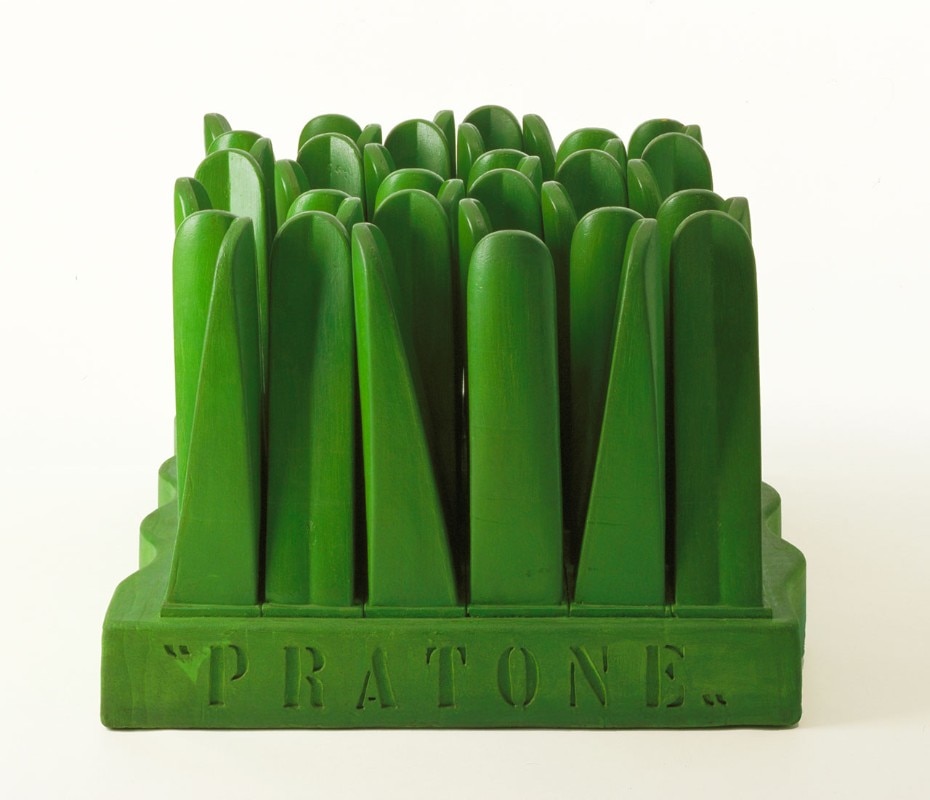
Going forward do you have plans for acquisition? How do you plan on growing the collection?
As soon as this exhibition opens our plan is to establish an acquisitions committee, which was something that, weirdly, the Triennale never formally had before. The plan is to begin really looking at how we can reinforce the Triennale's position as the primary repository of the history of Italian design. So we'll be expanding the collection quite extensively and rapidly.
At the same time, we're going to be launching a competition for an expansion of the Museo del Design. The idea is to really push through an expansion that will allow us to make much more of the collection accessible. All of this will lead in the future towards the establishment of a new wing of the Triennale where the entire collection will be accessible to the public. Also, researchers, academics, and people interested in design will be able to access the full archives.
Why do you think this is a good moment to launch this project?
The best moment was 20 years ago, but the second best moment is now. I think that it is long overdue. But at the same time, I think it's really part of great exuberance and vitality that Milan is currently experiencing. It is a wave we really want to ride. We are setting ambitious new goals for the future and really thinking about how Milan's preeminence in that field can be leveraged to send a signal that this era isn't over, it's simply in transformation. There is new energy and new talent still existing in Milan.
- Place:
- Museum of Italian Design
- Director:
- Joseph Grima
- Initiative:
- Stefano Boeri
- Where:
- Milan
- Opening date:
- 9 april


